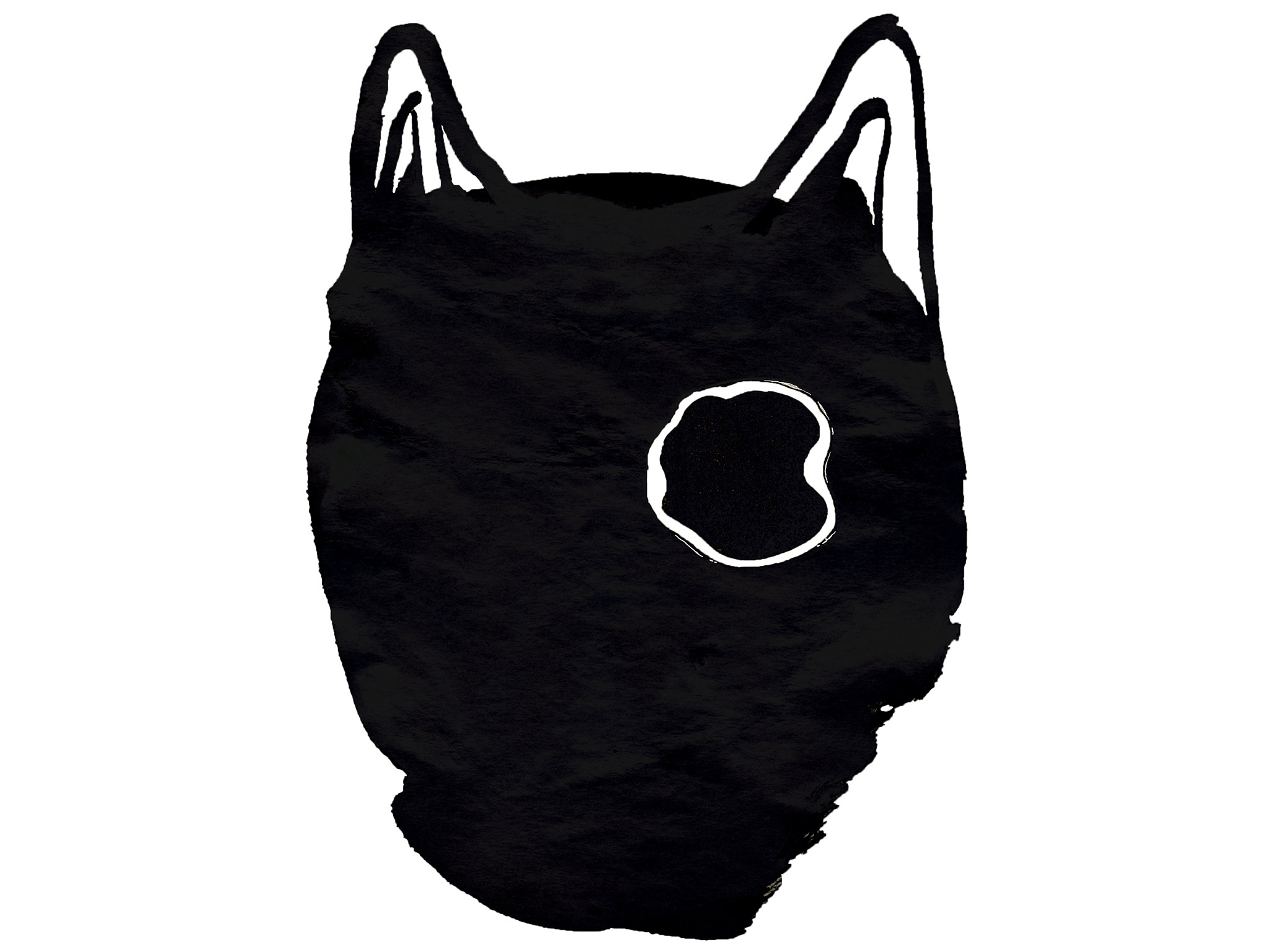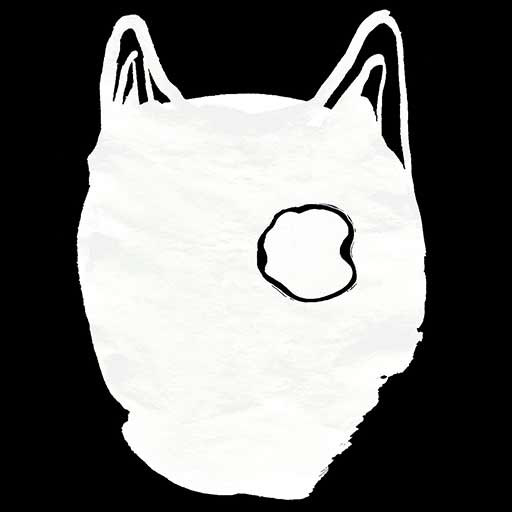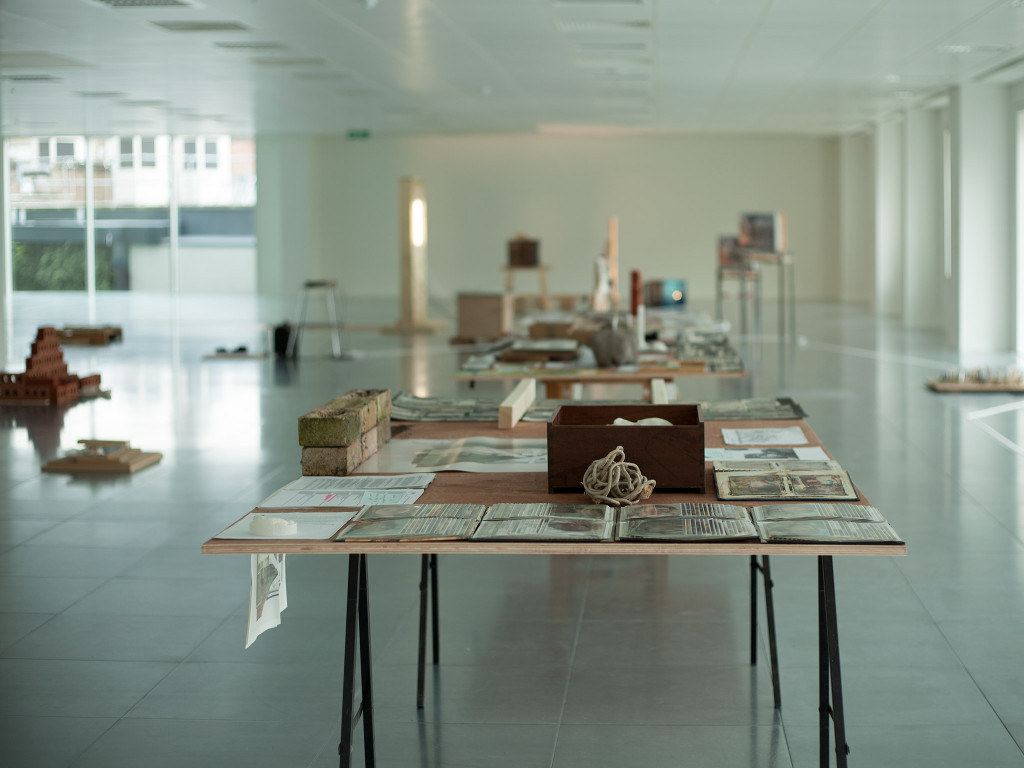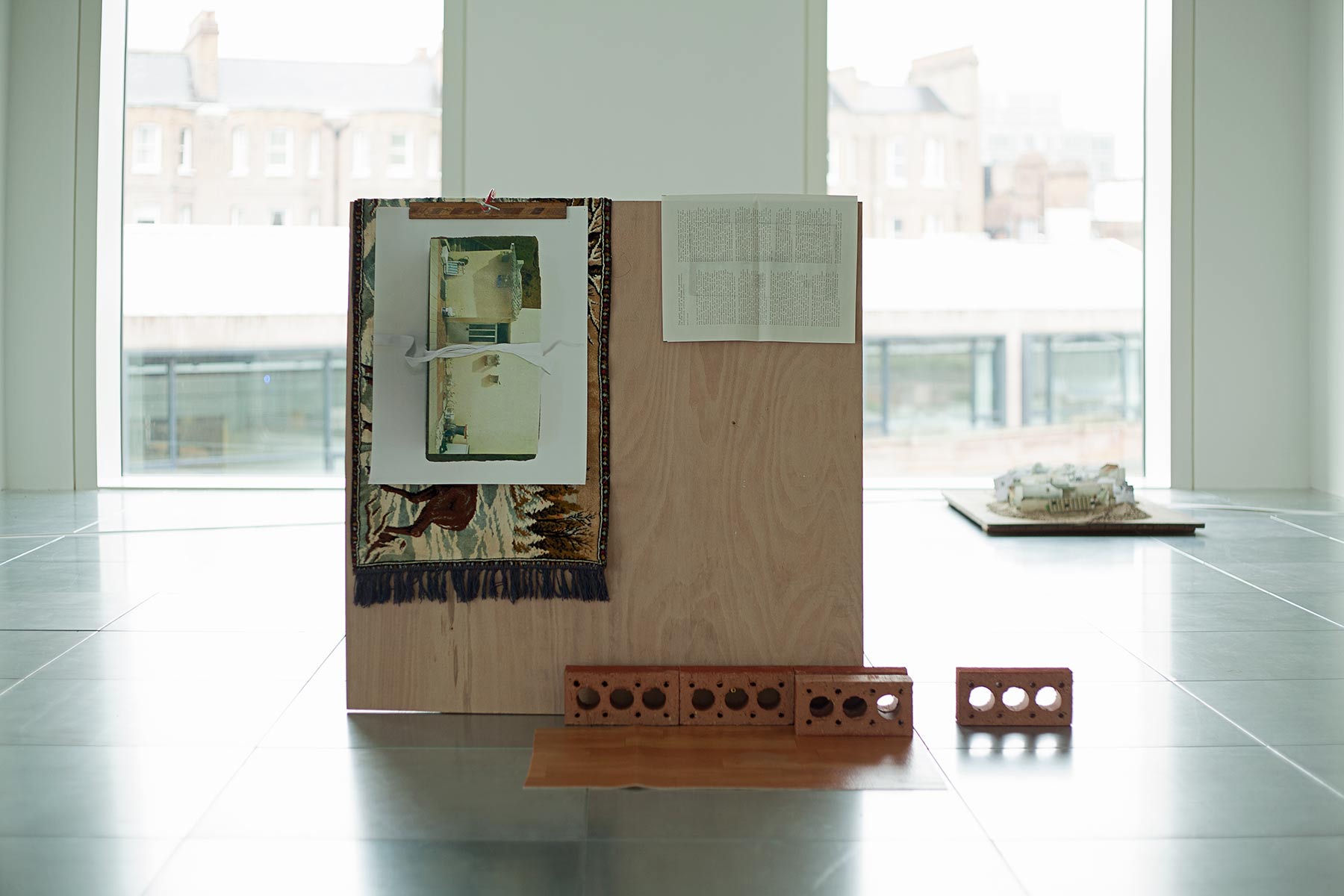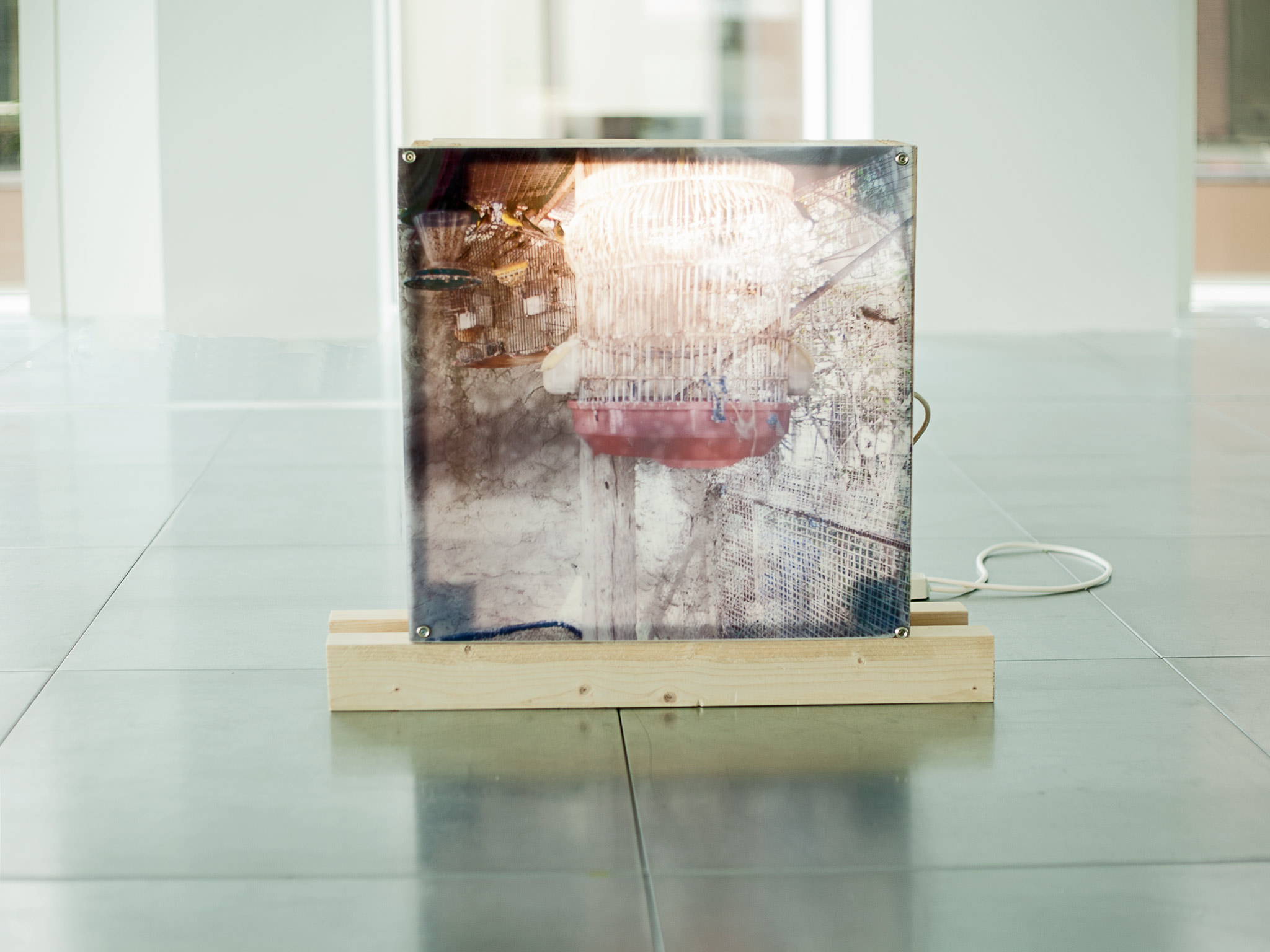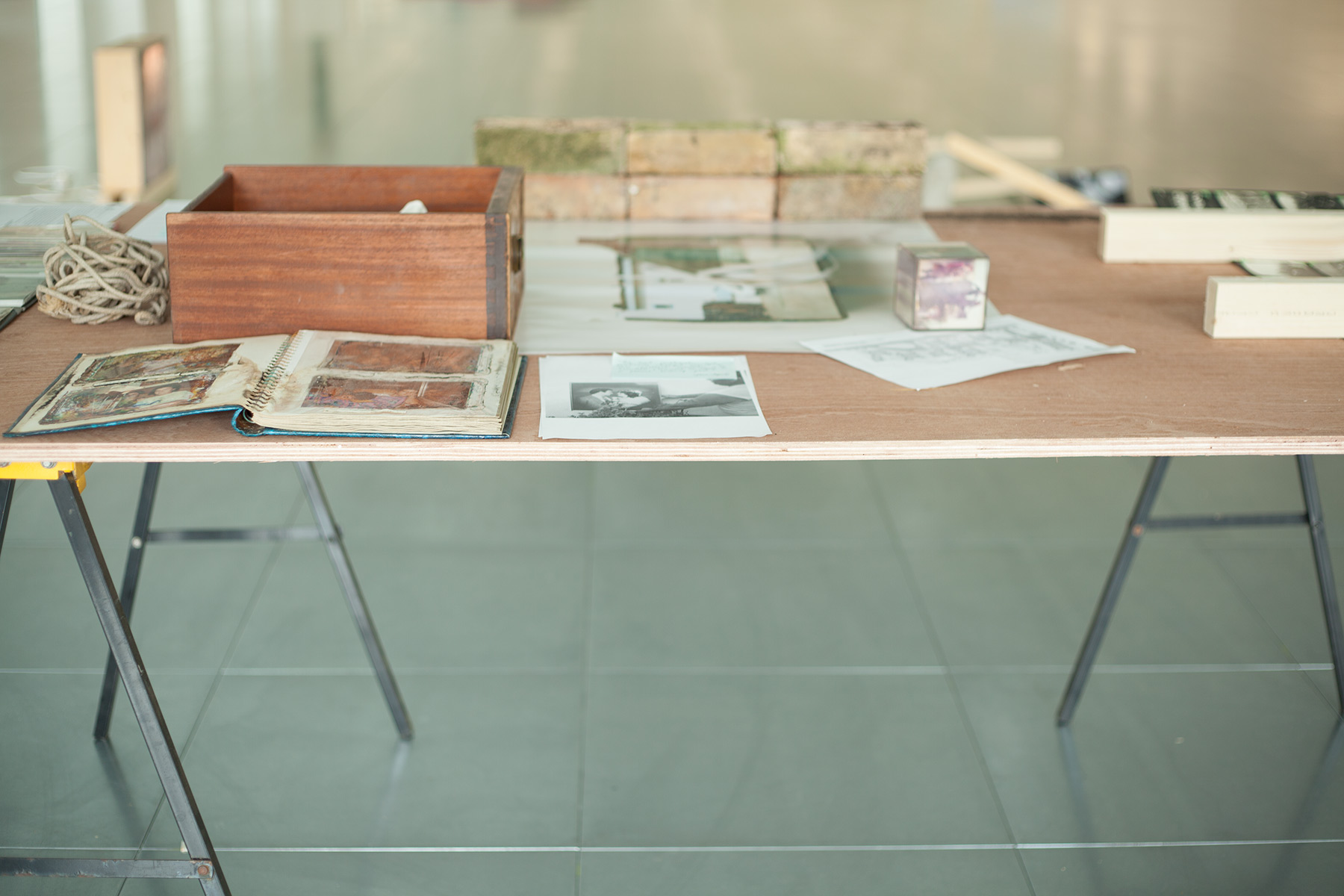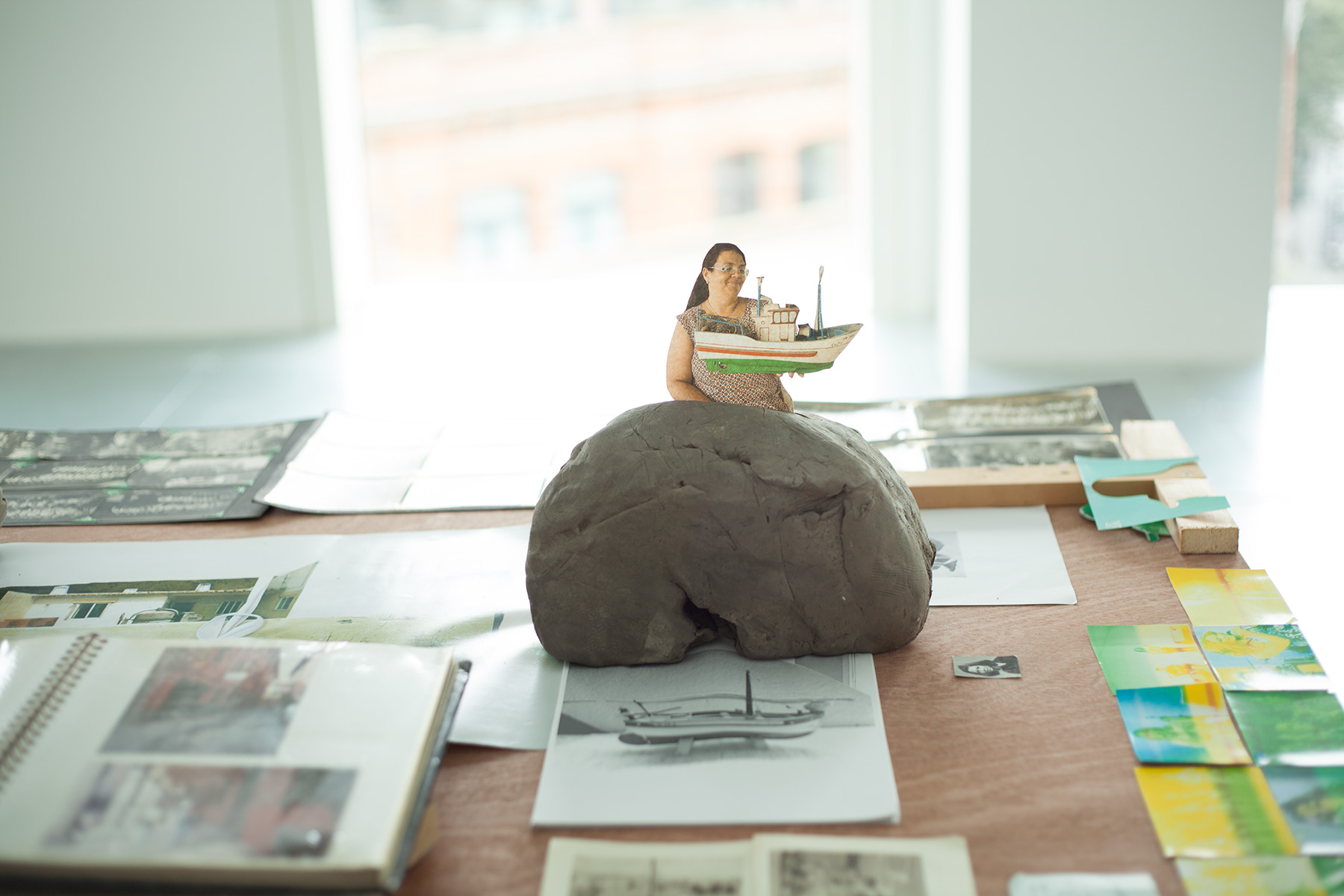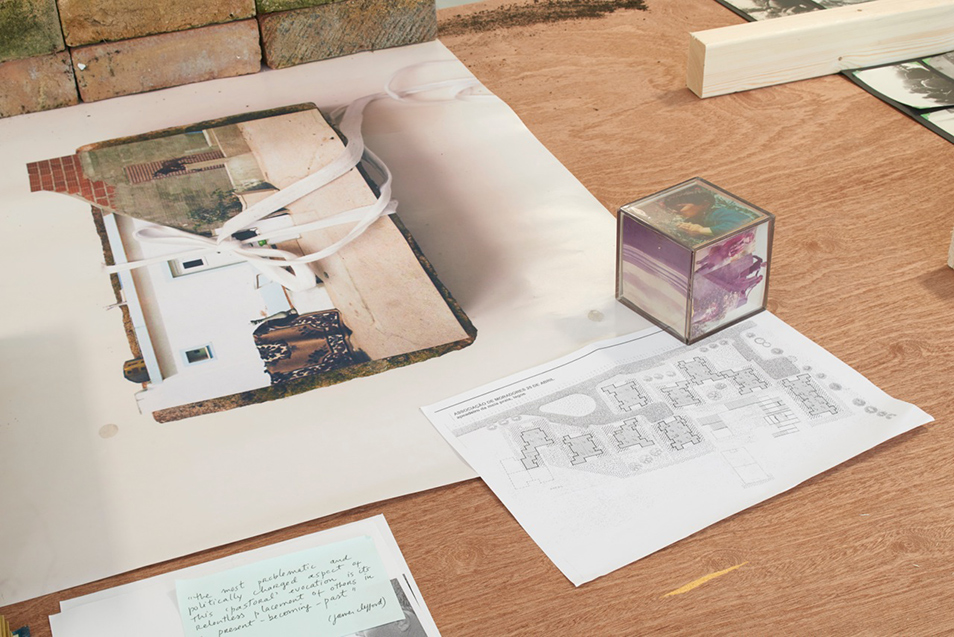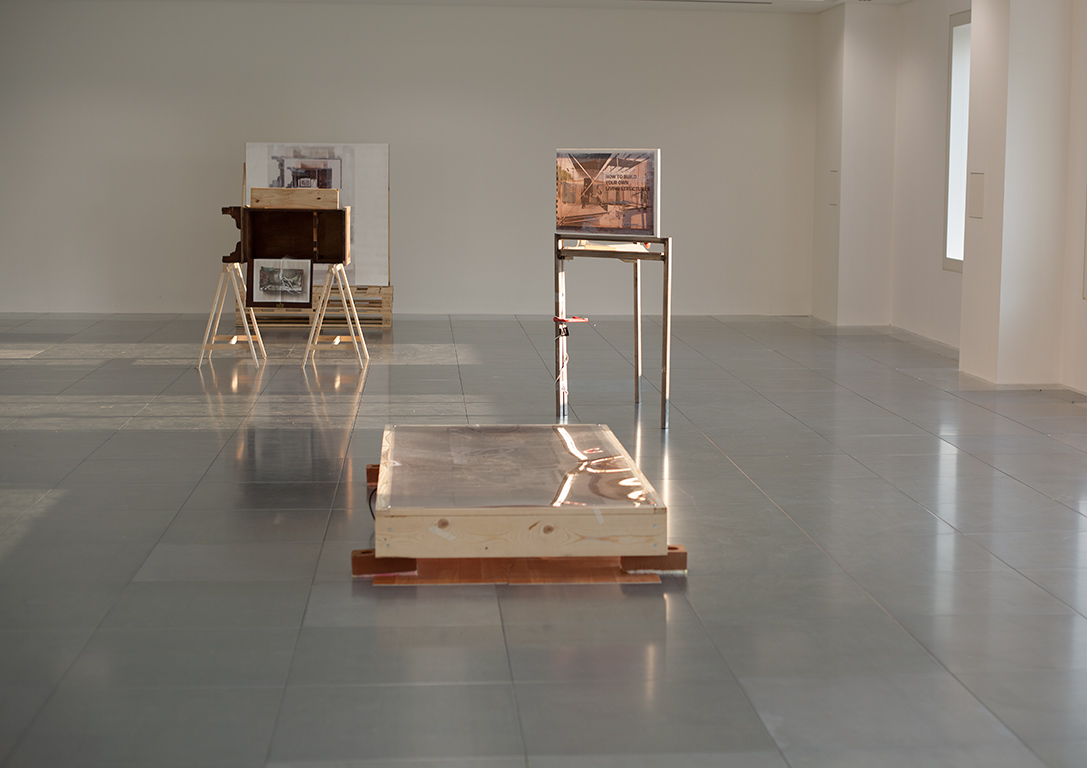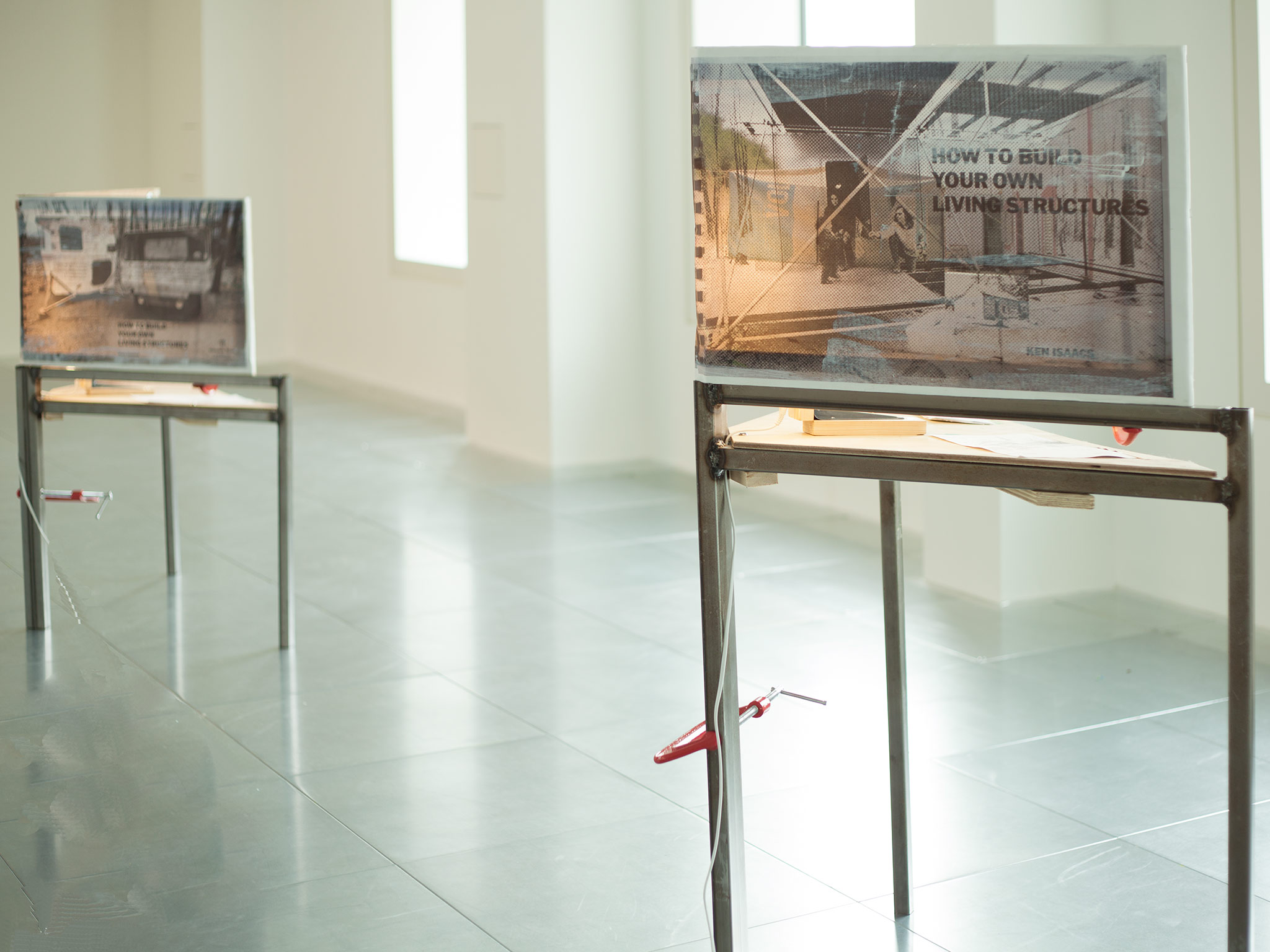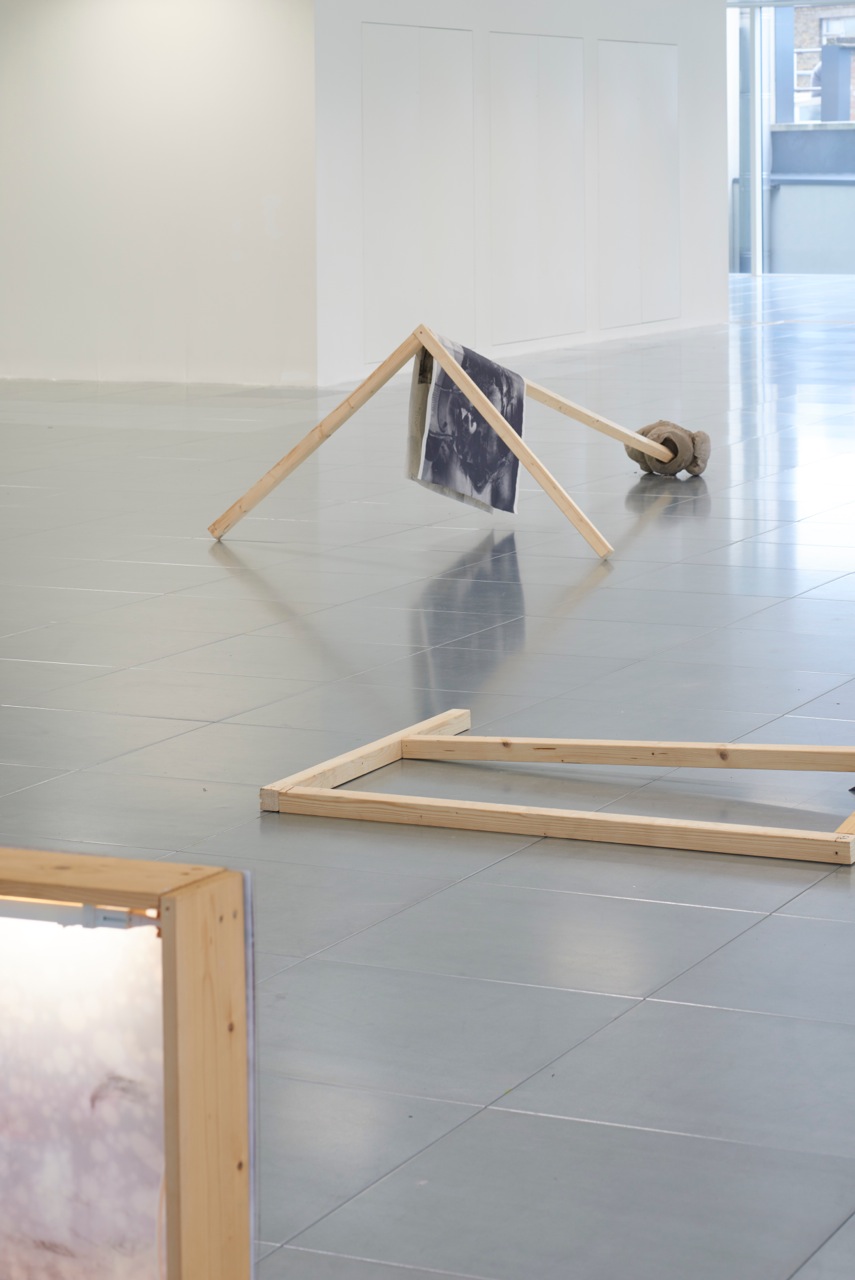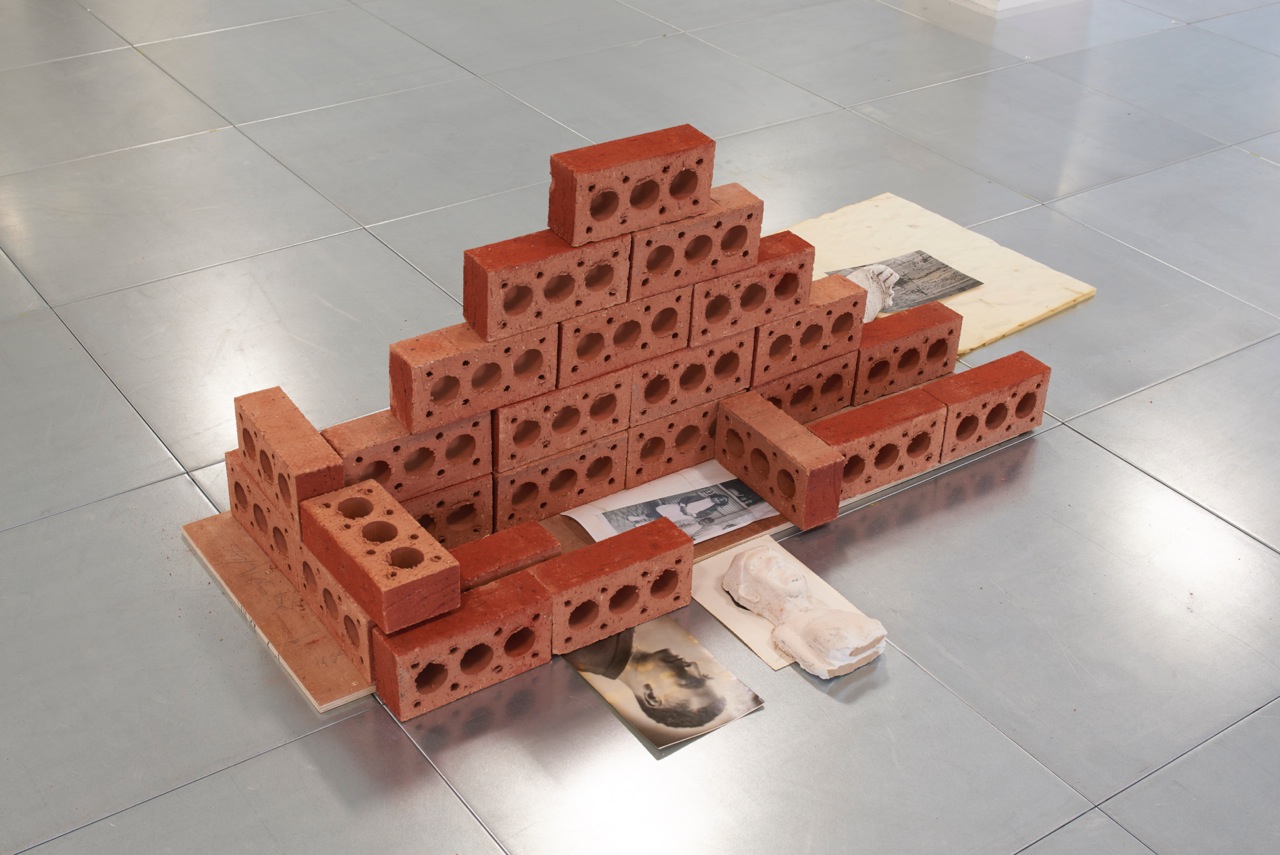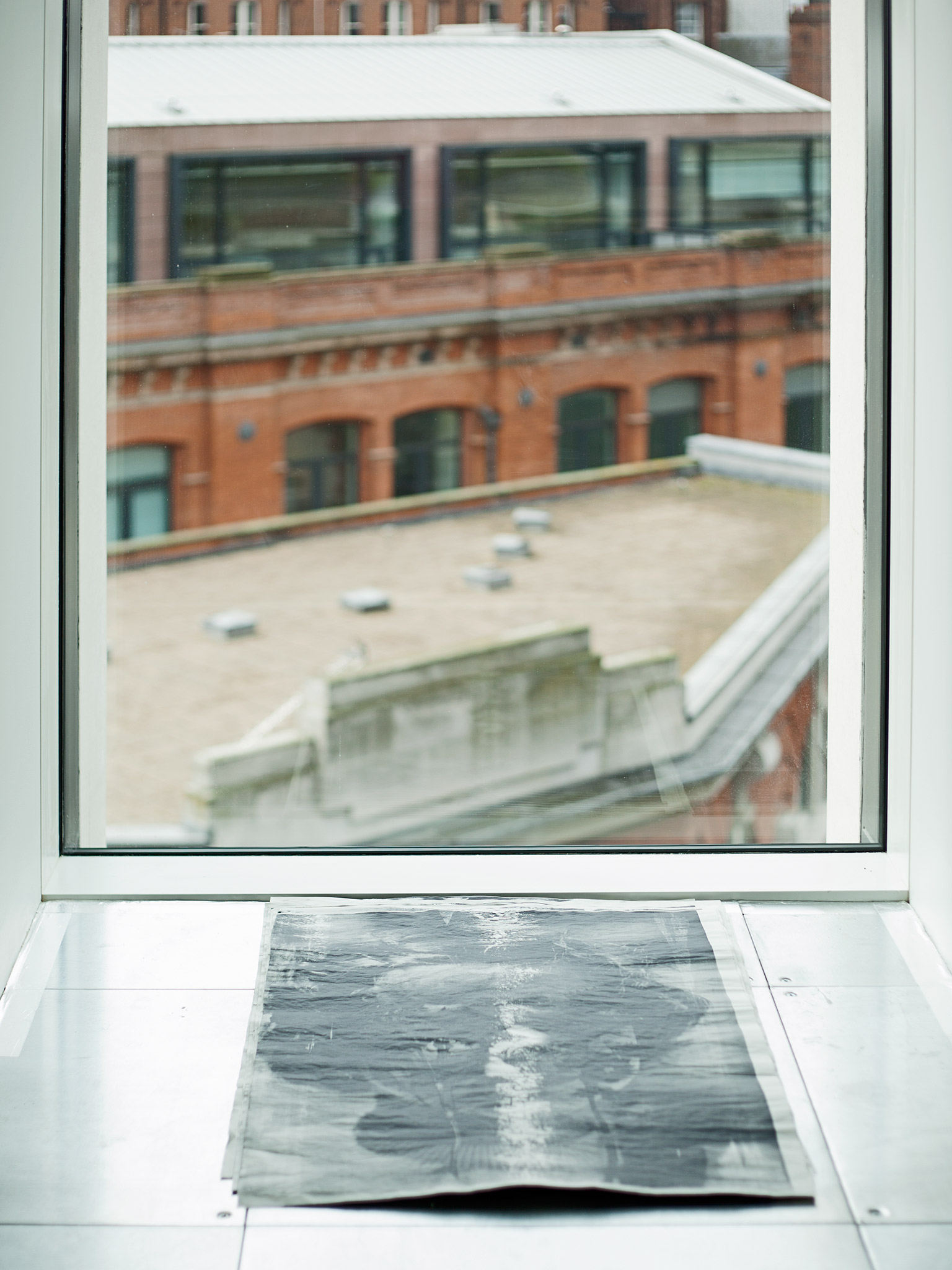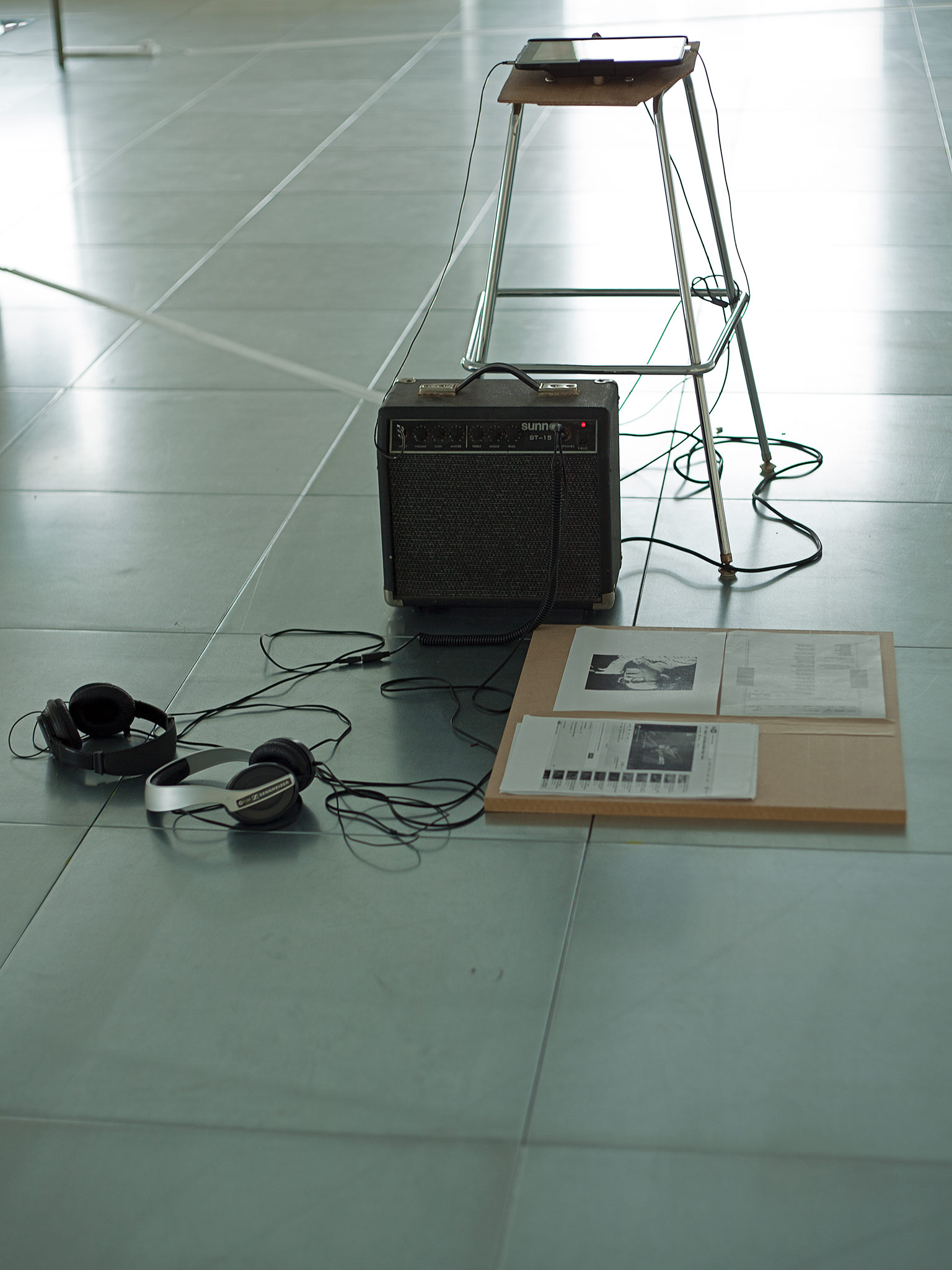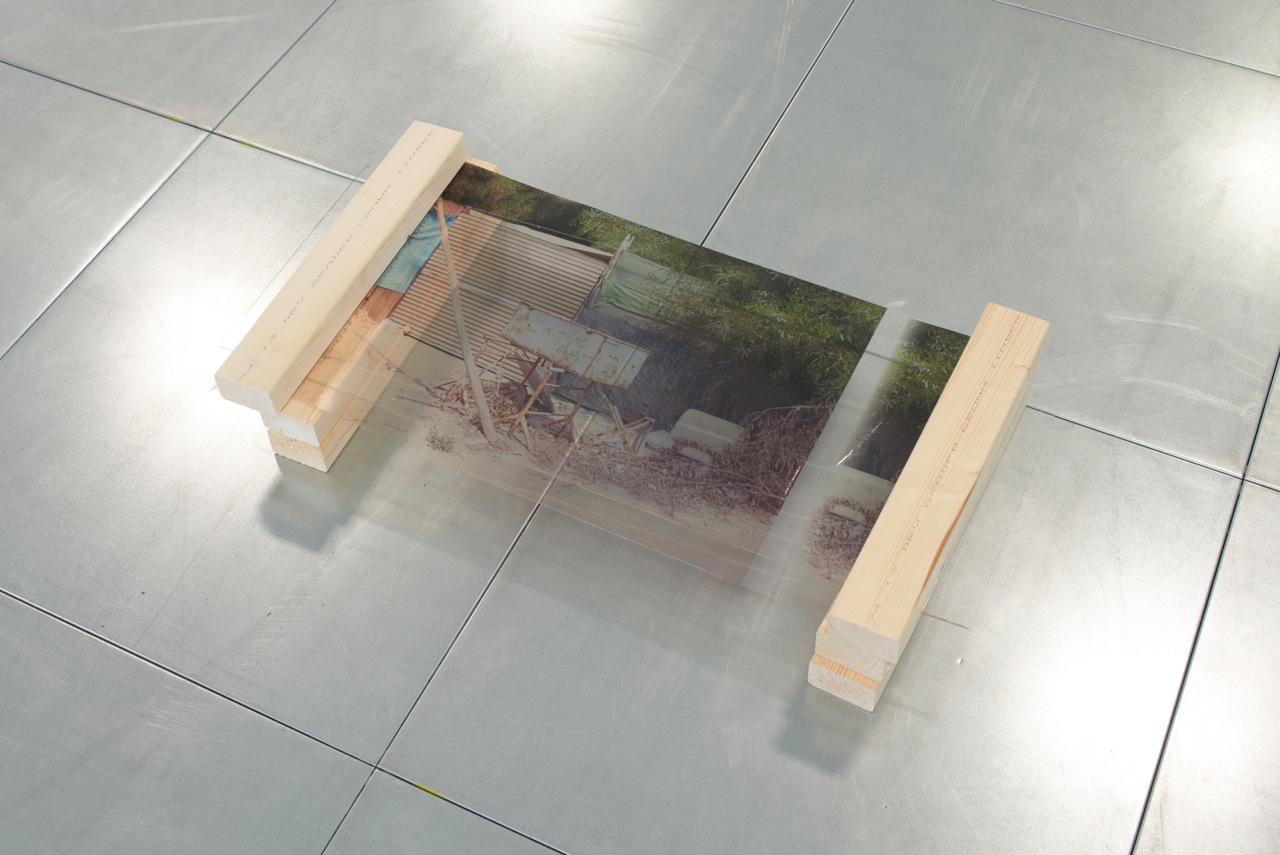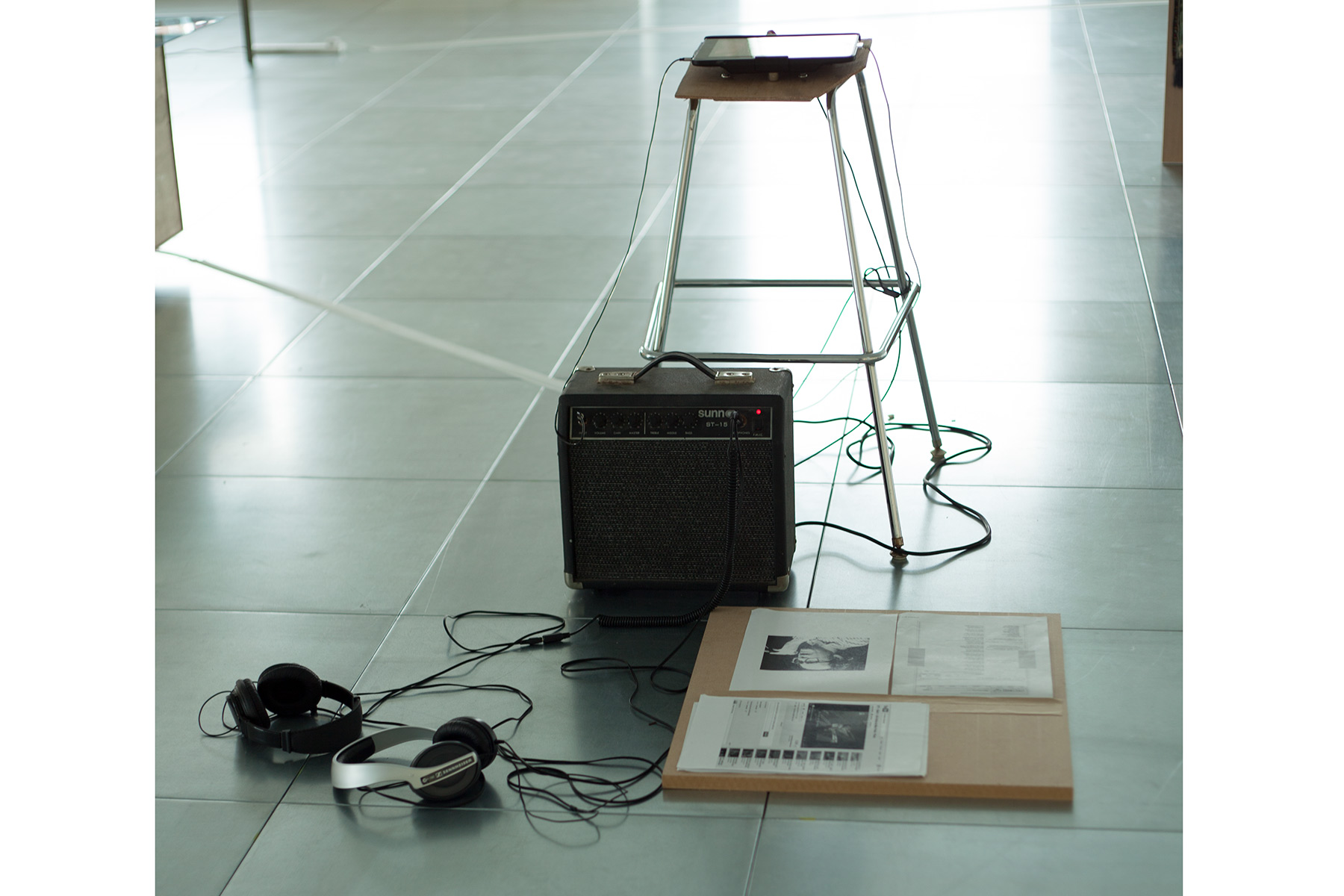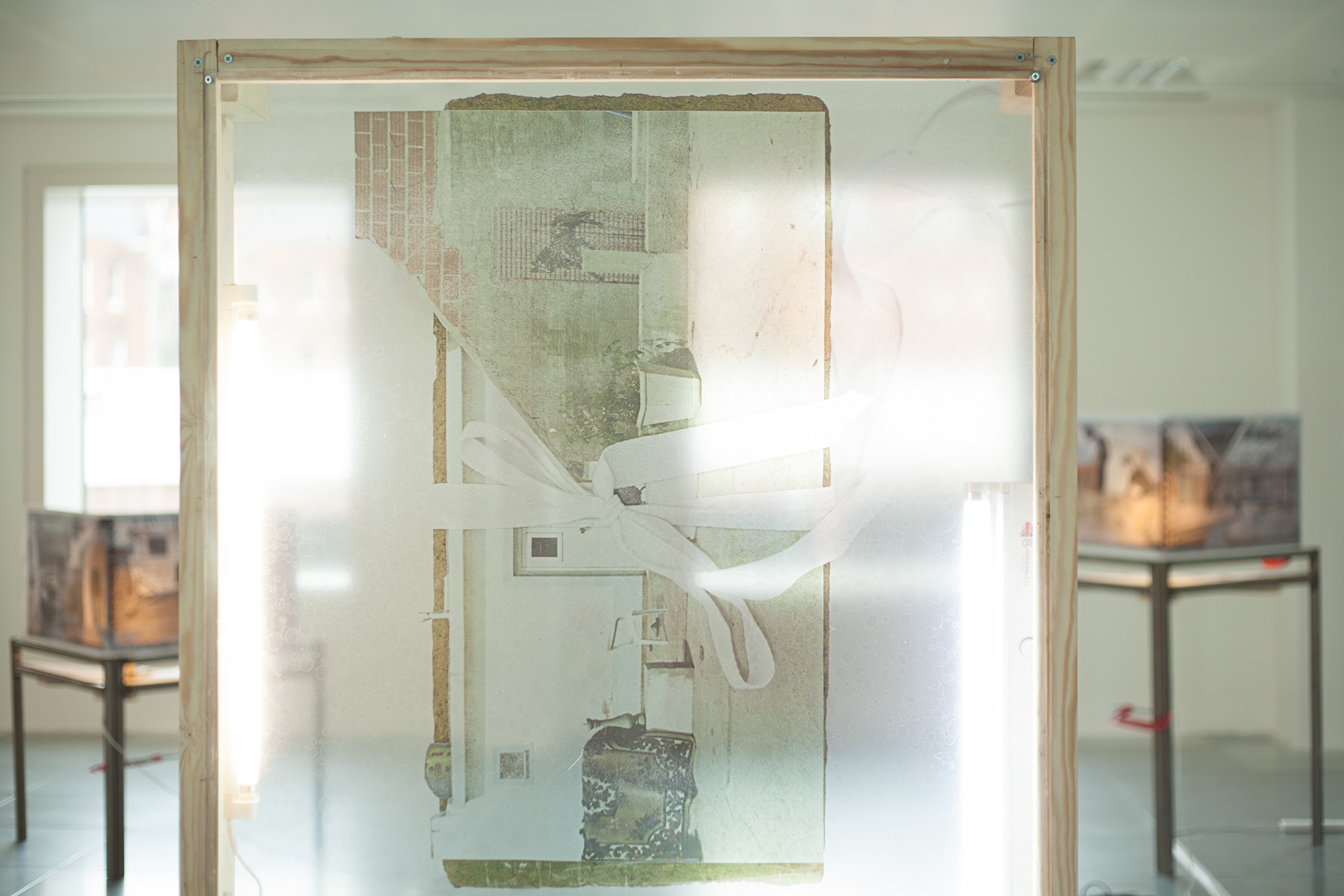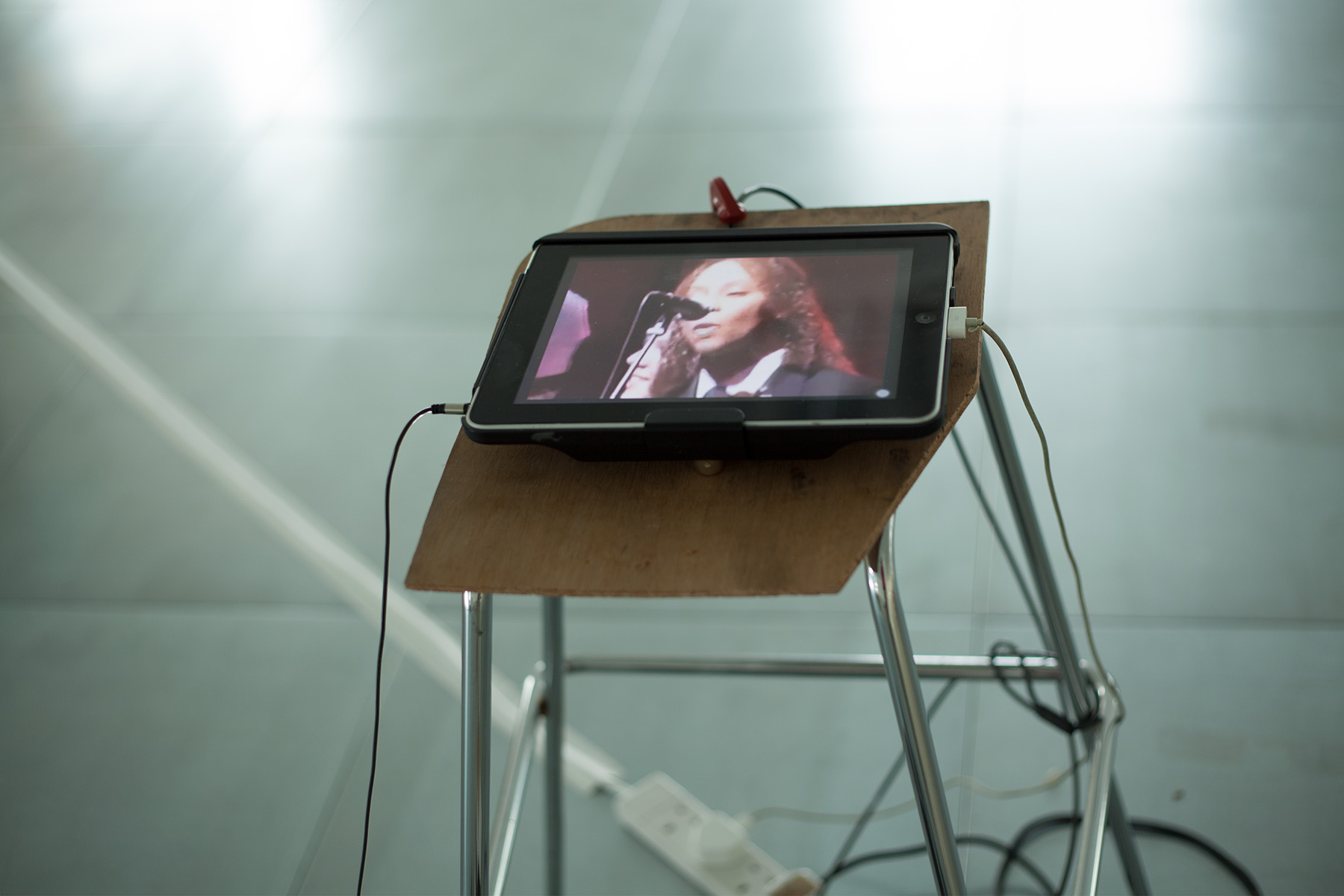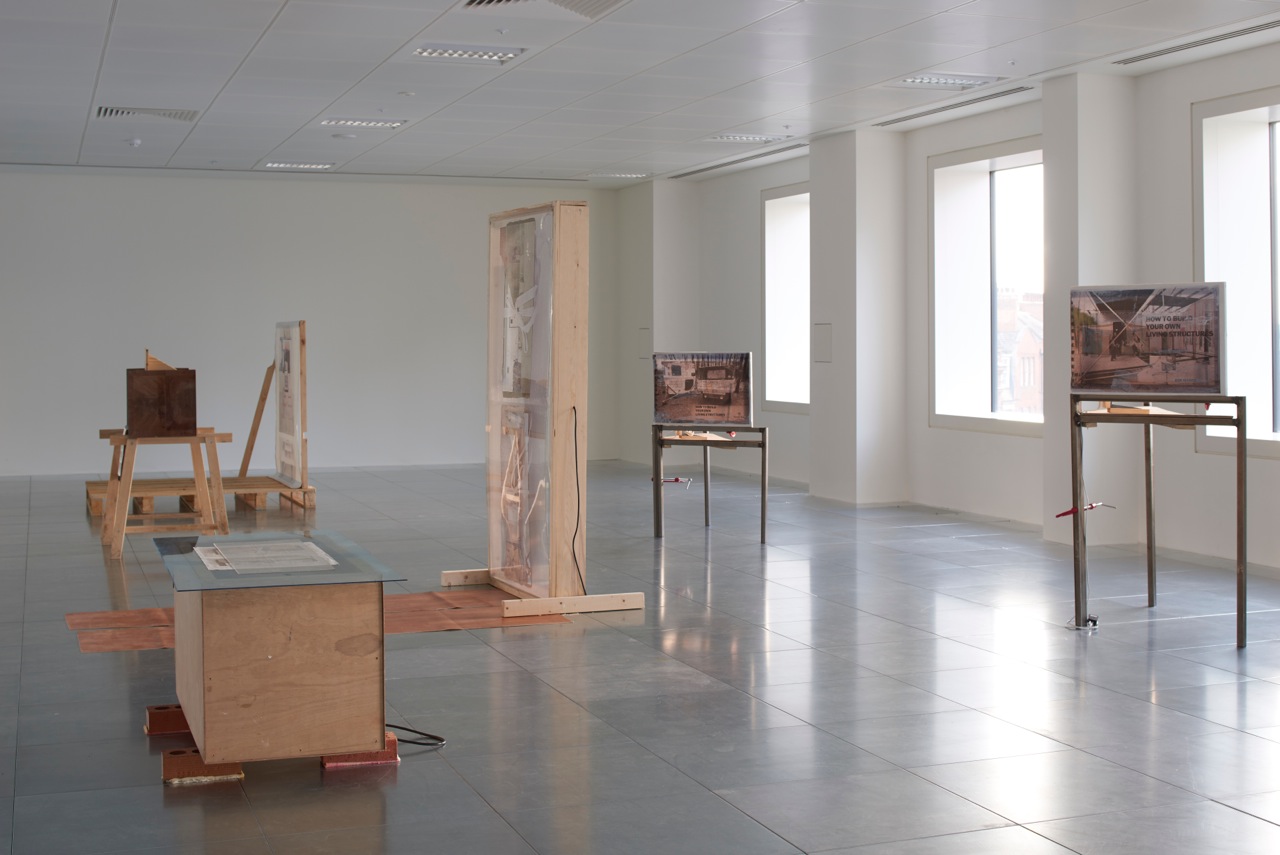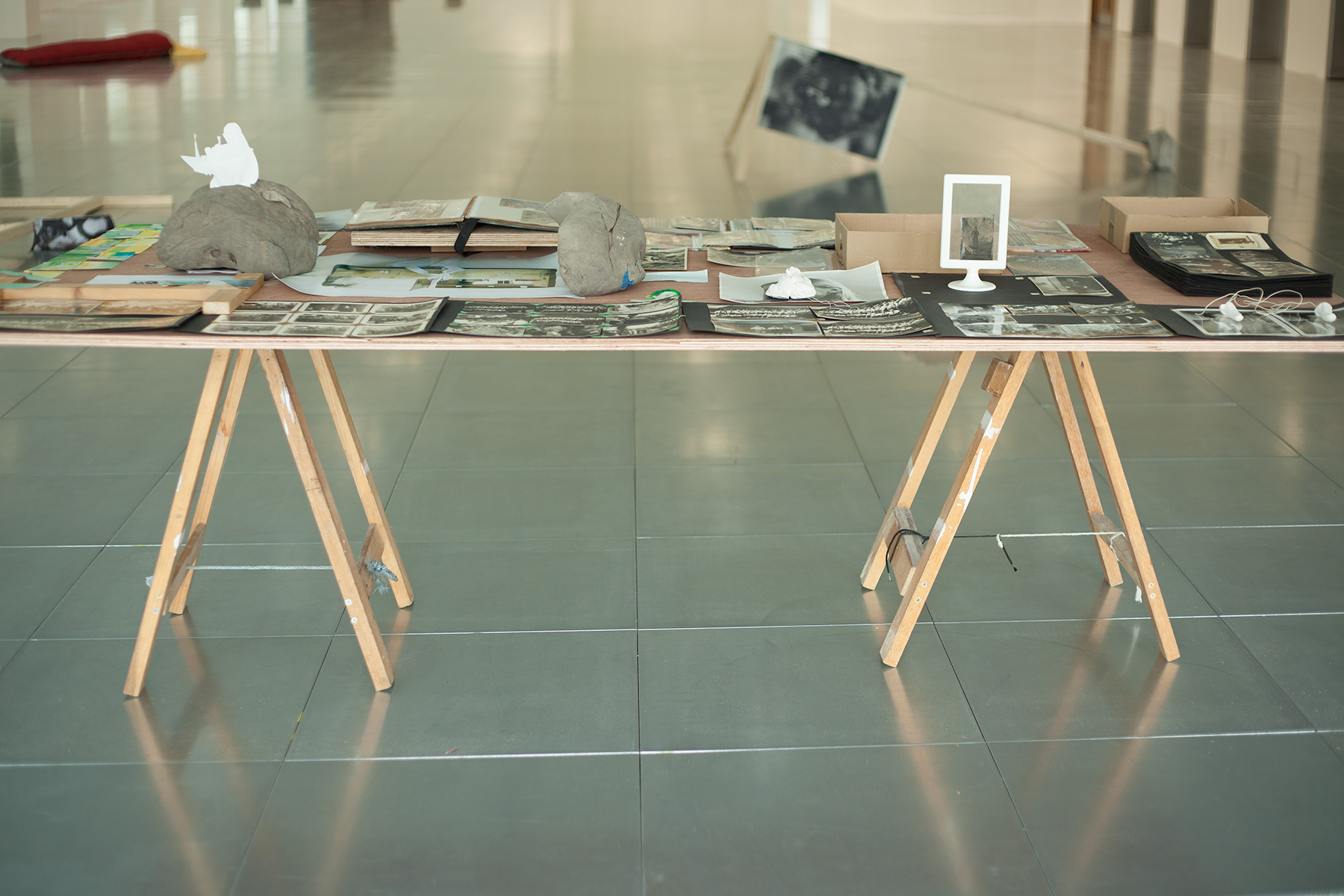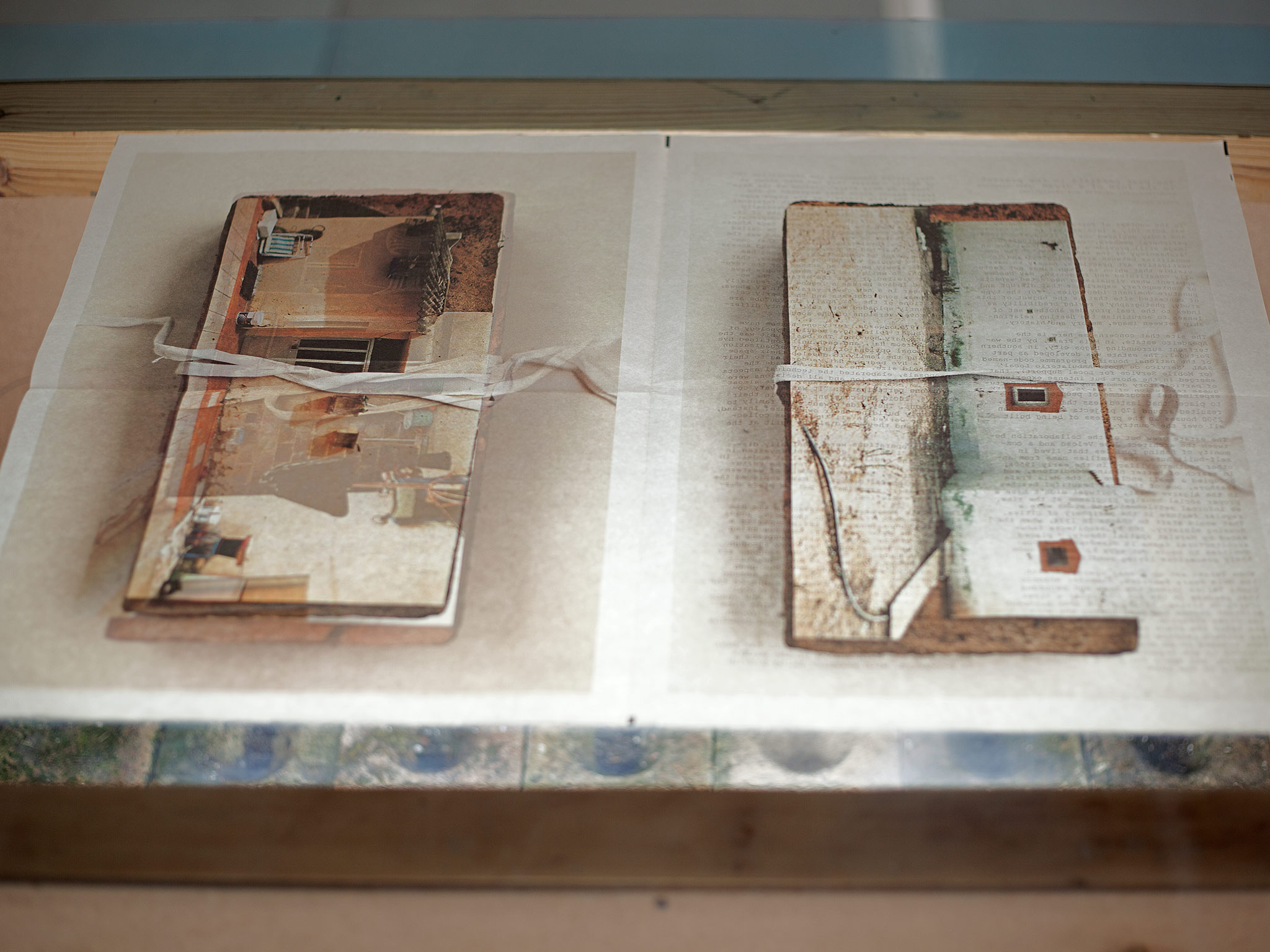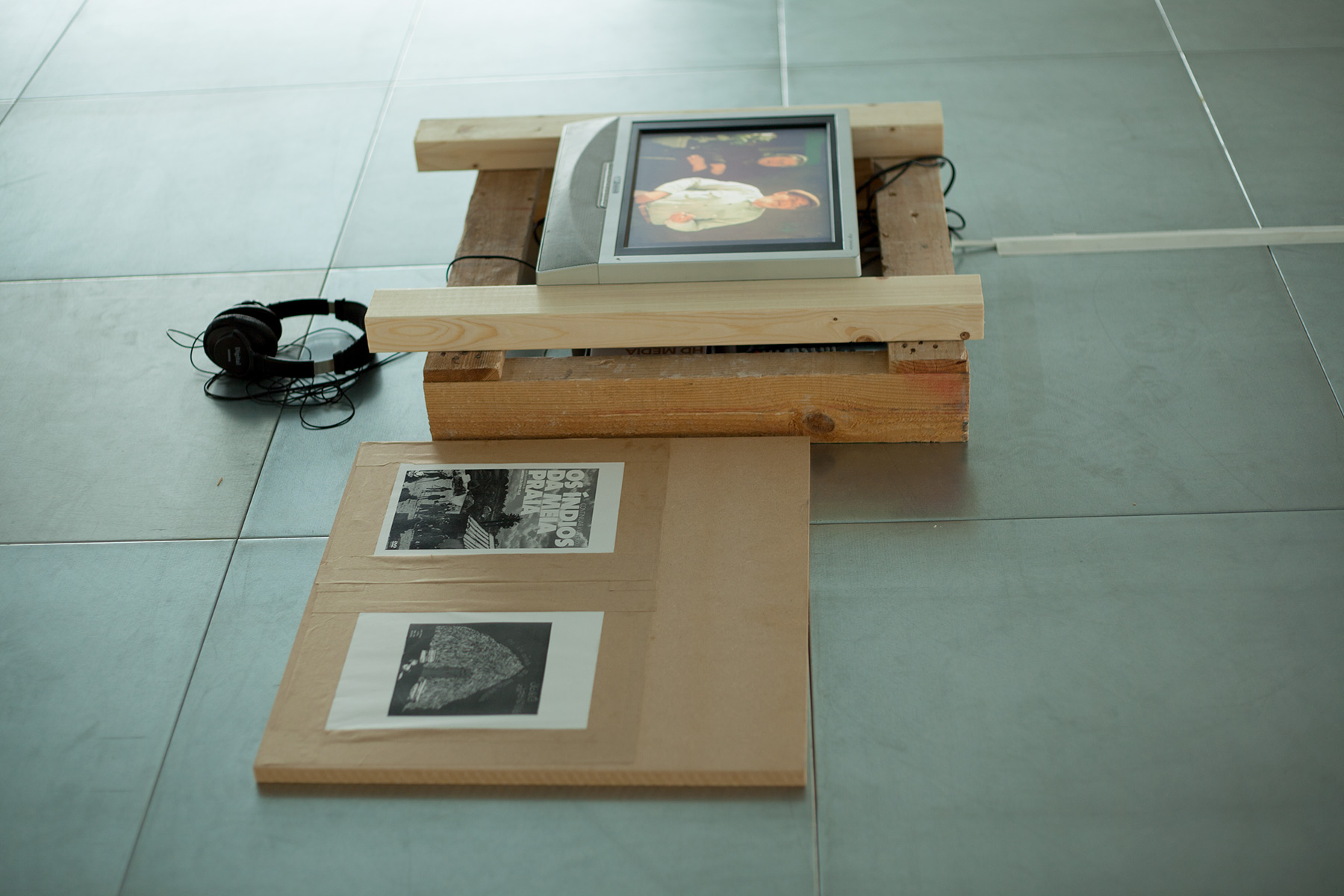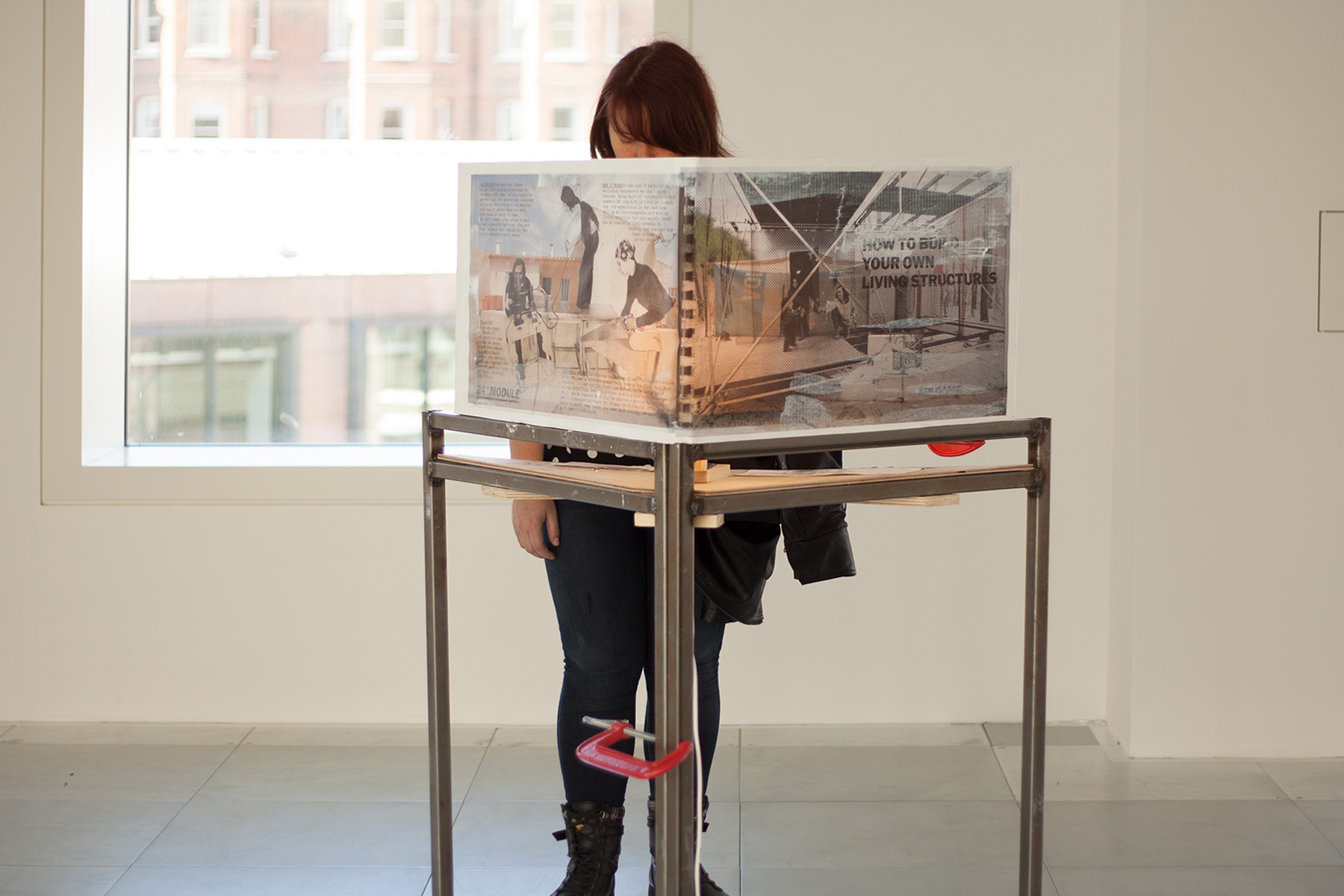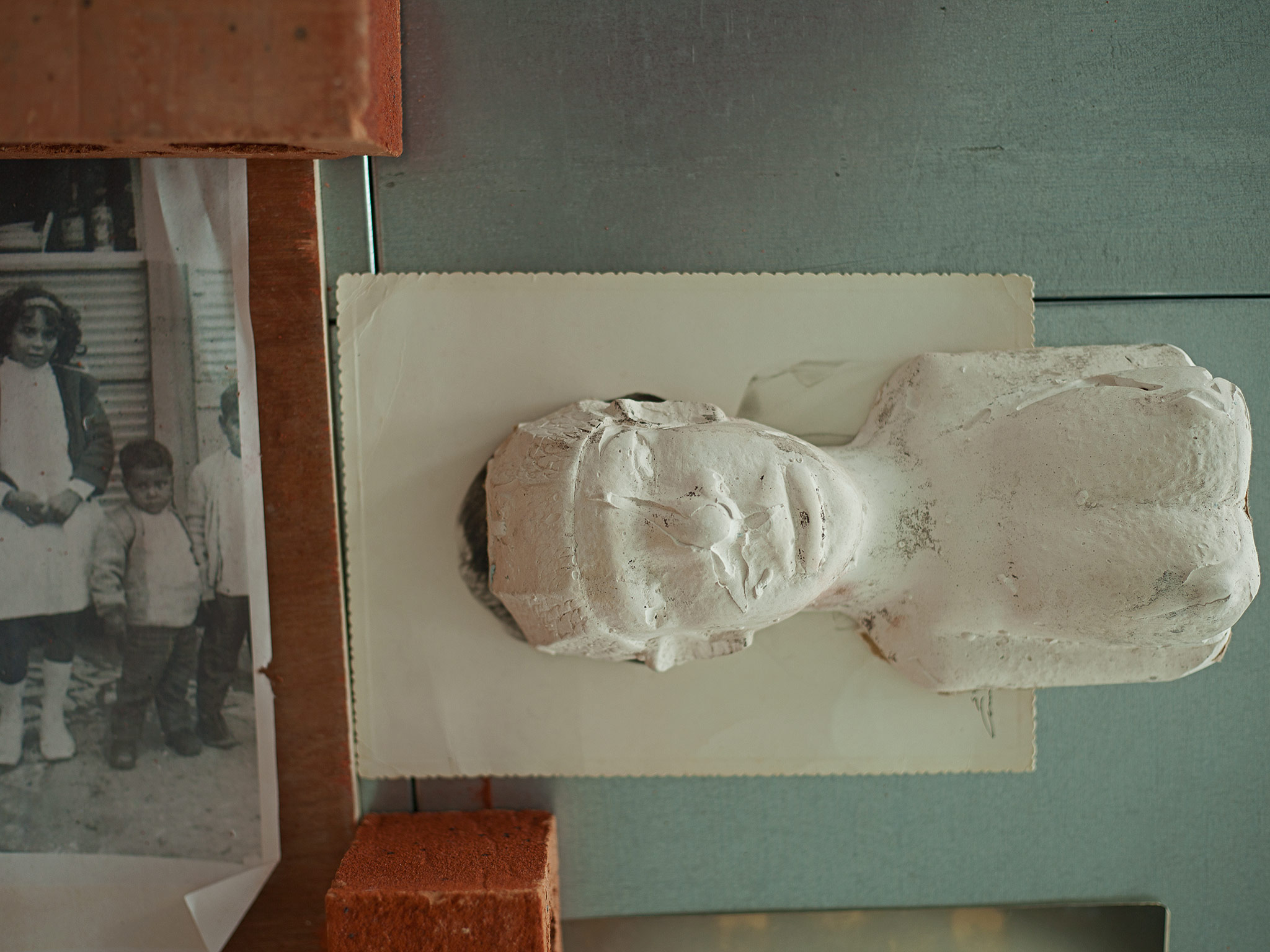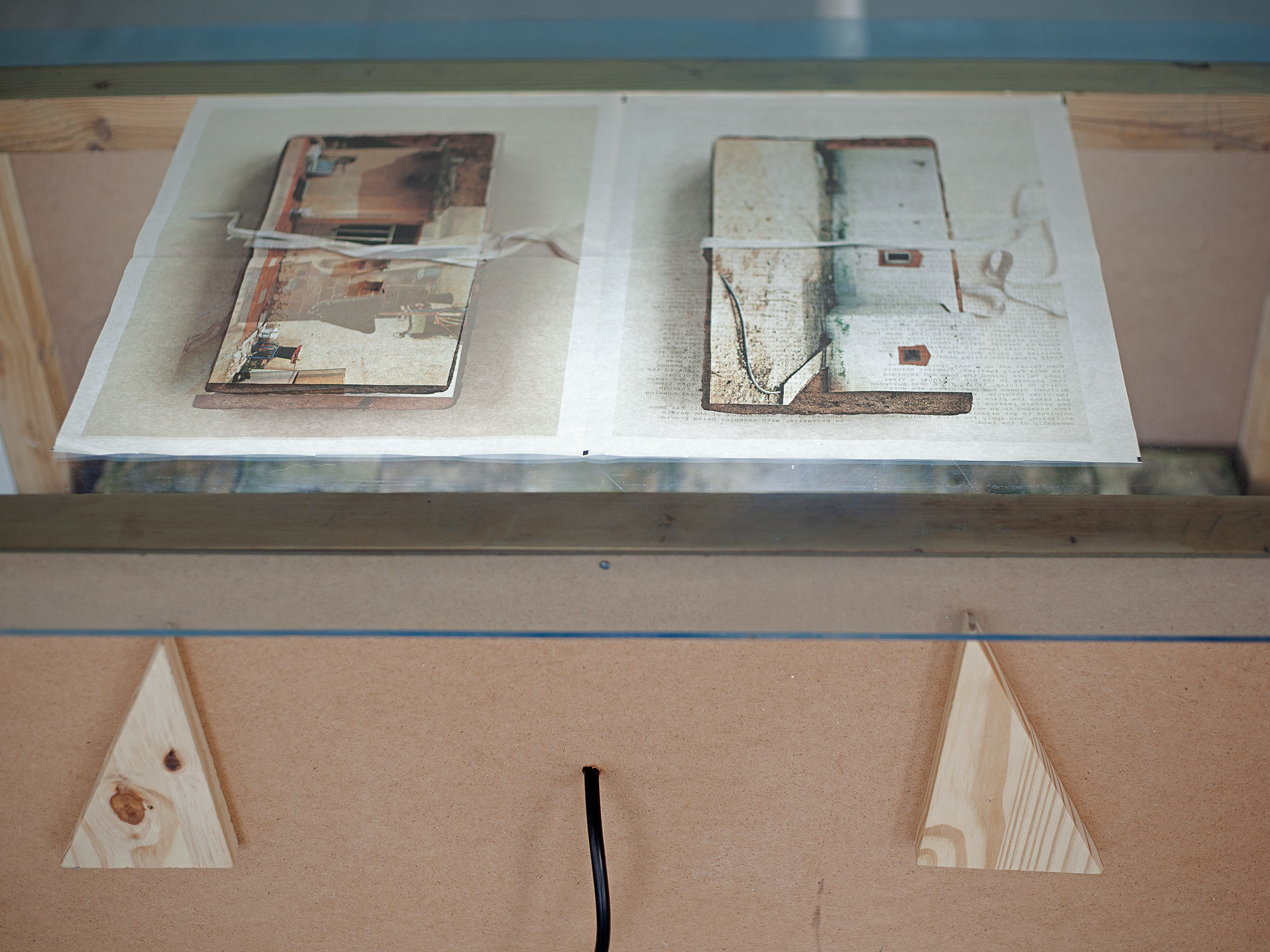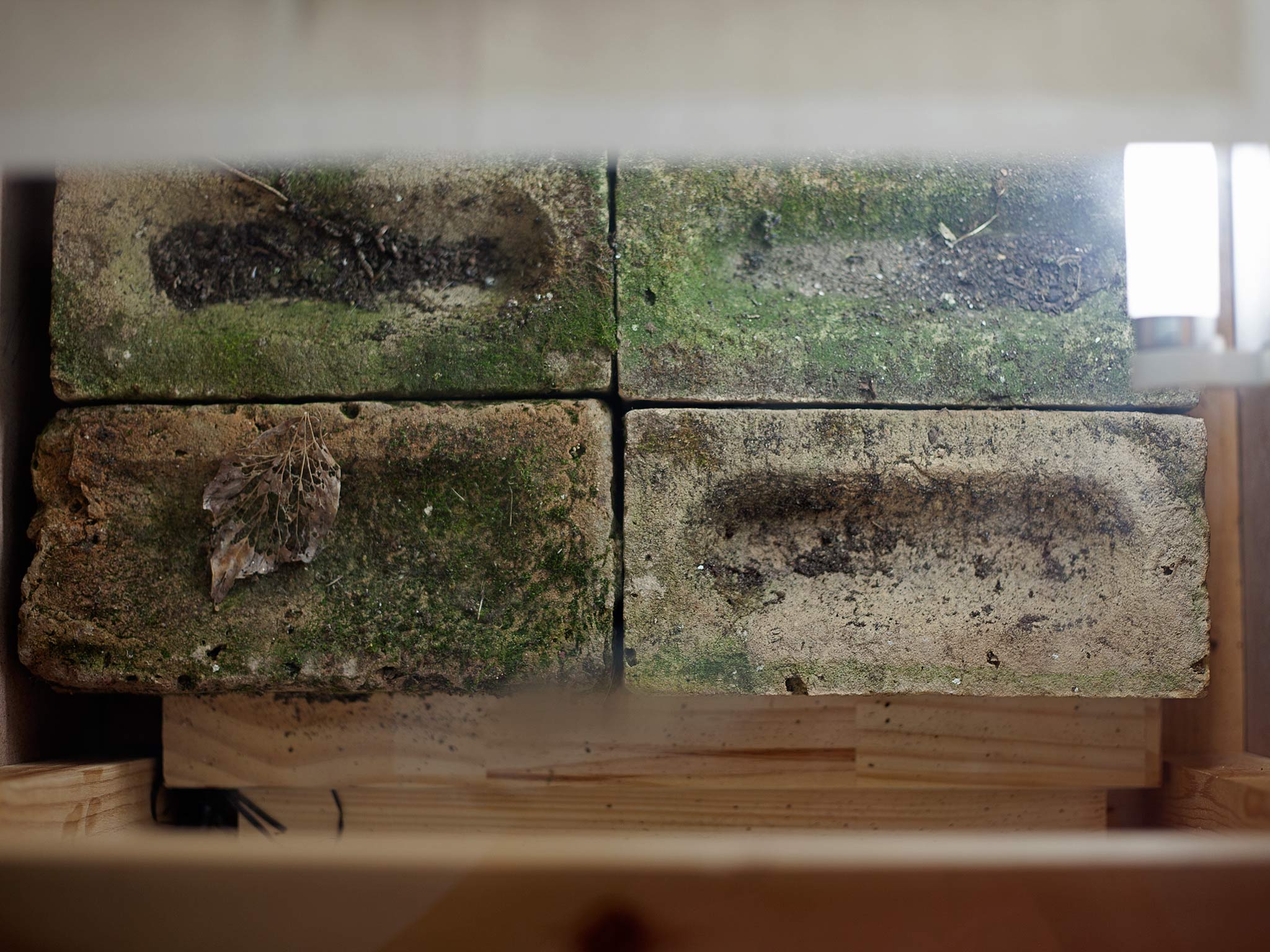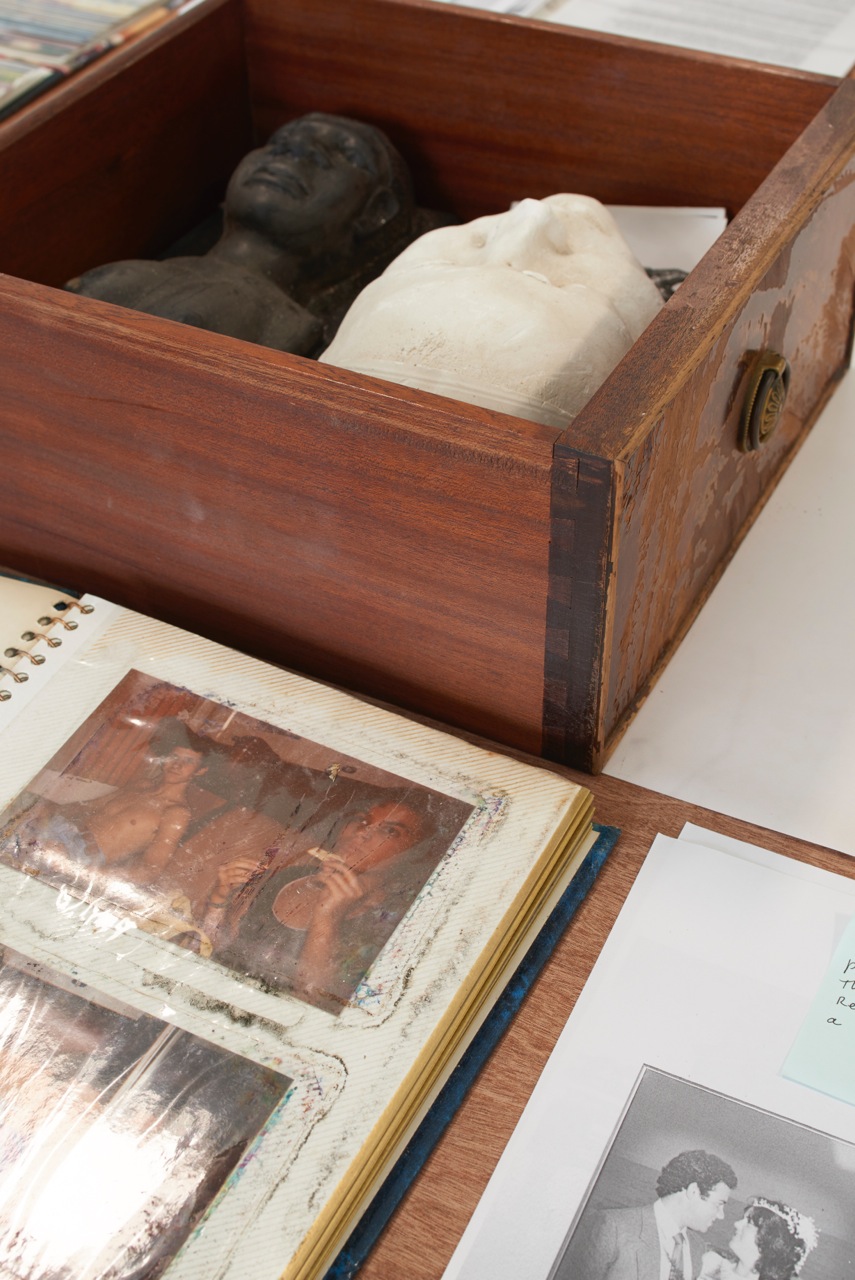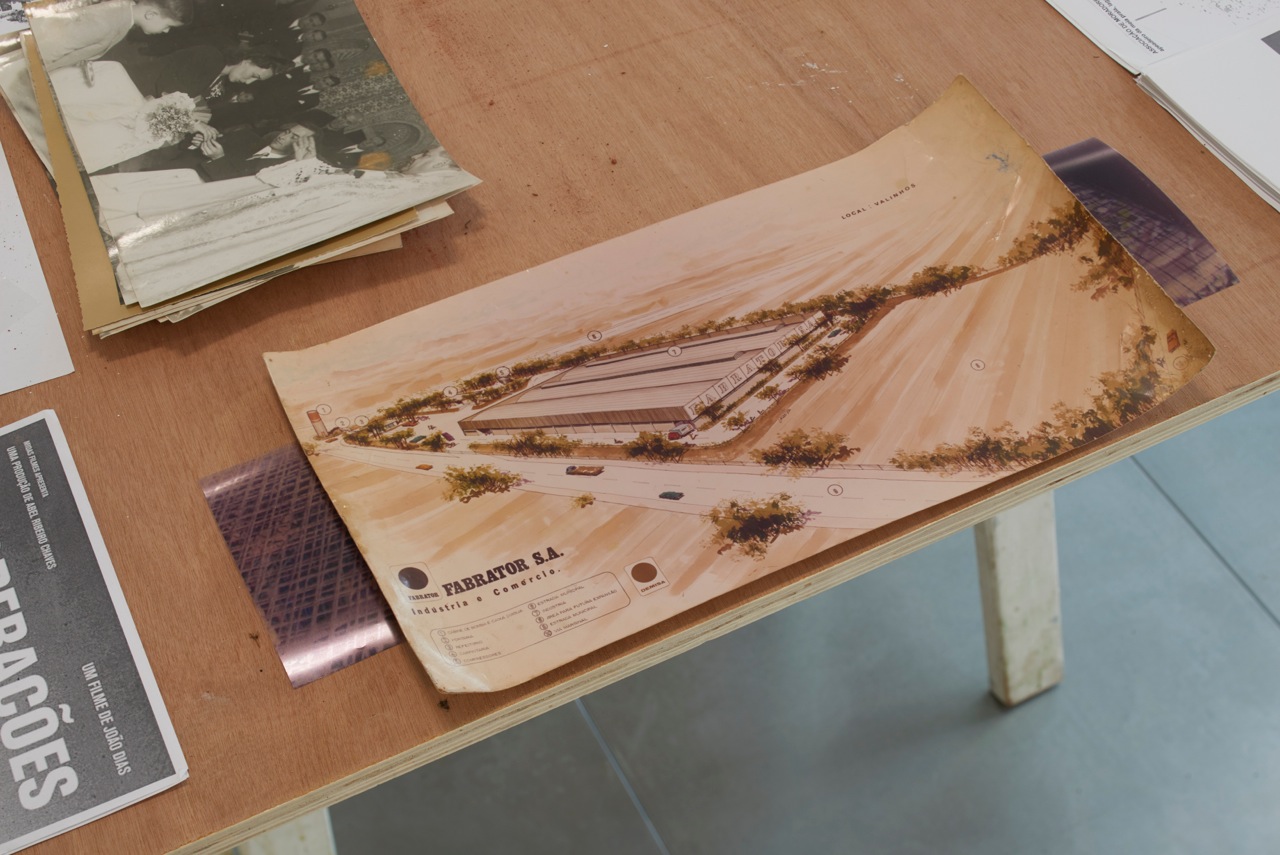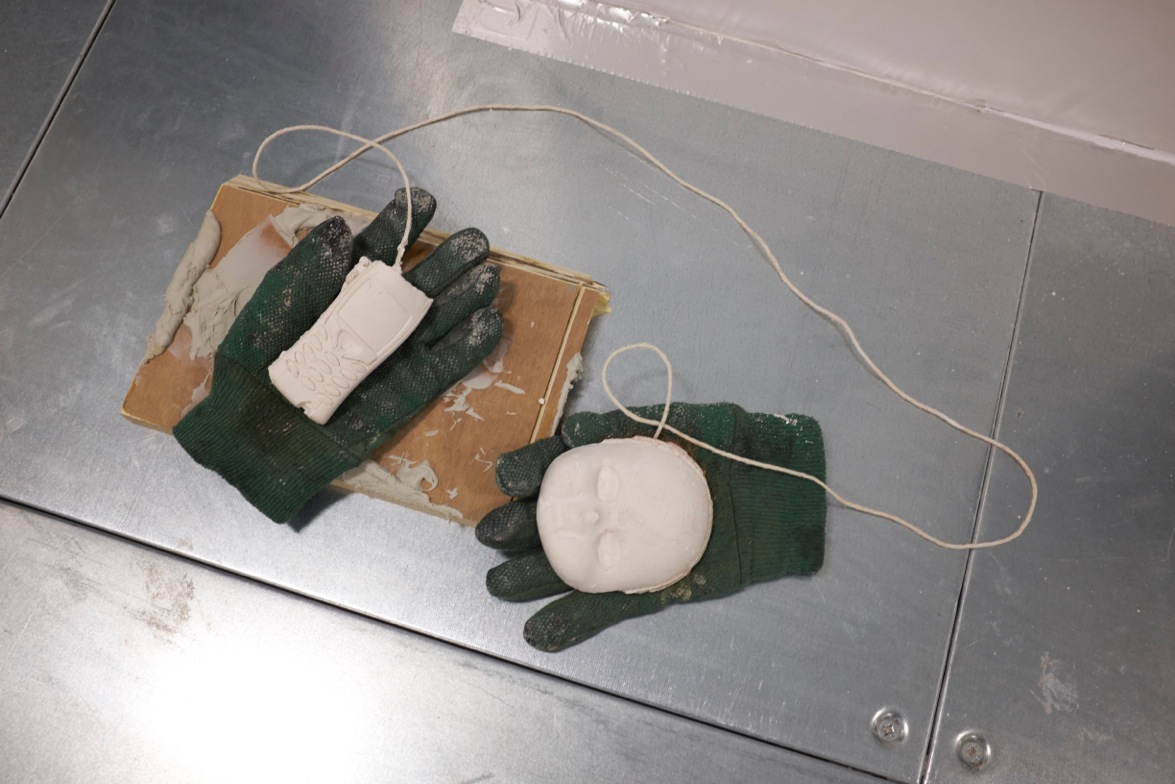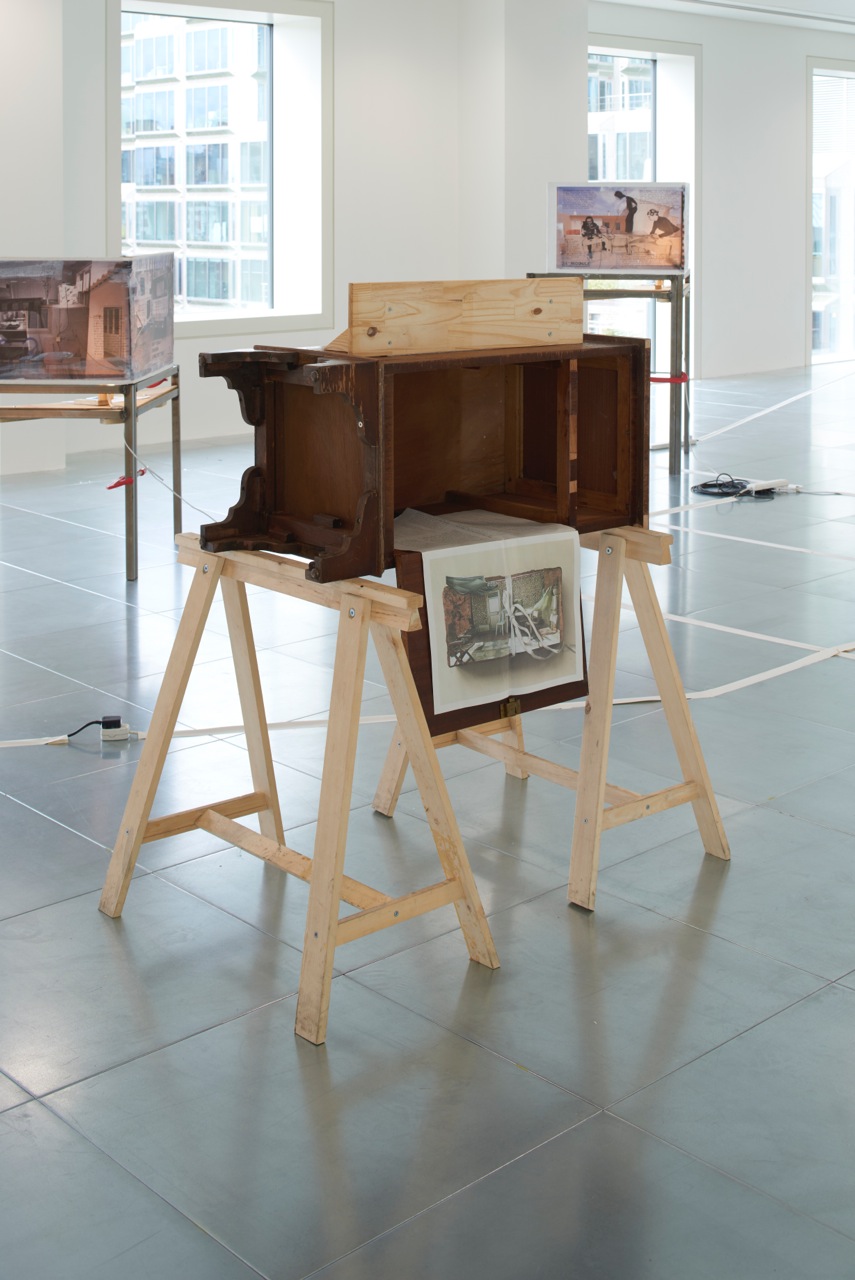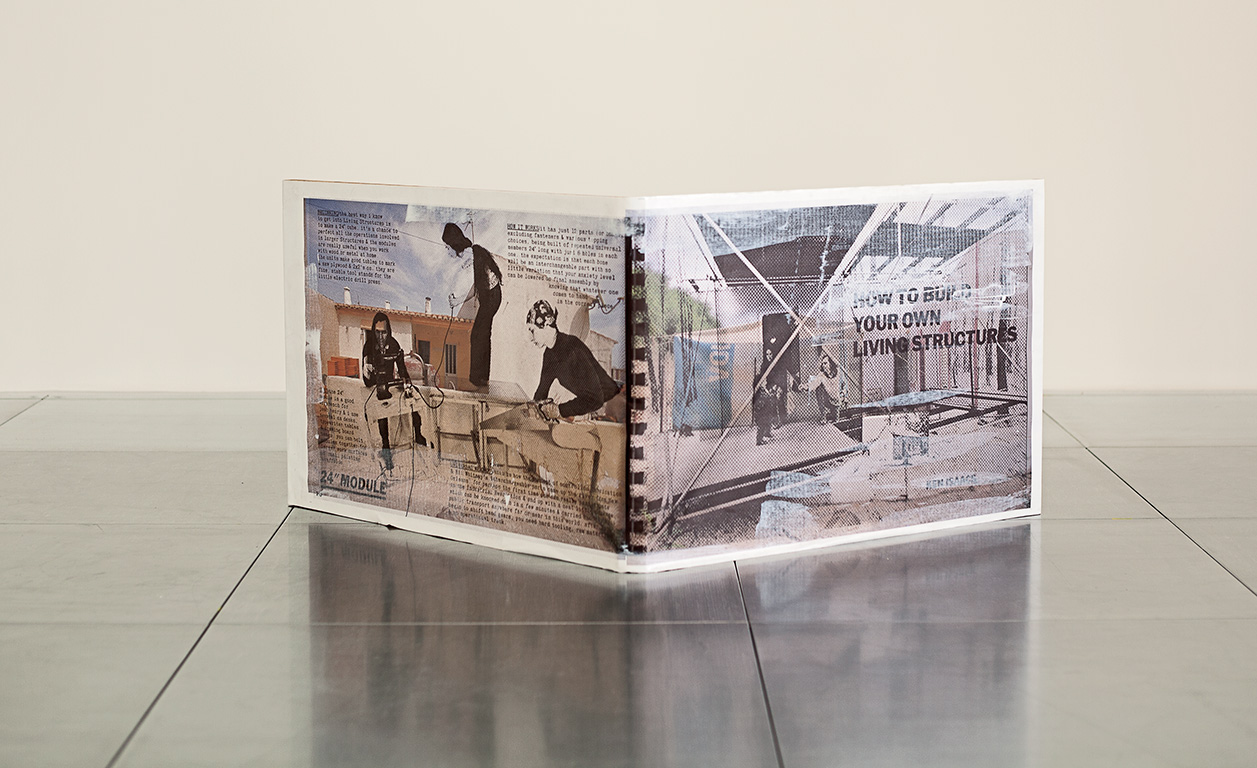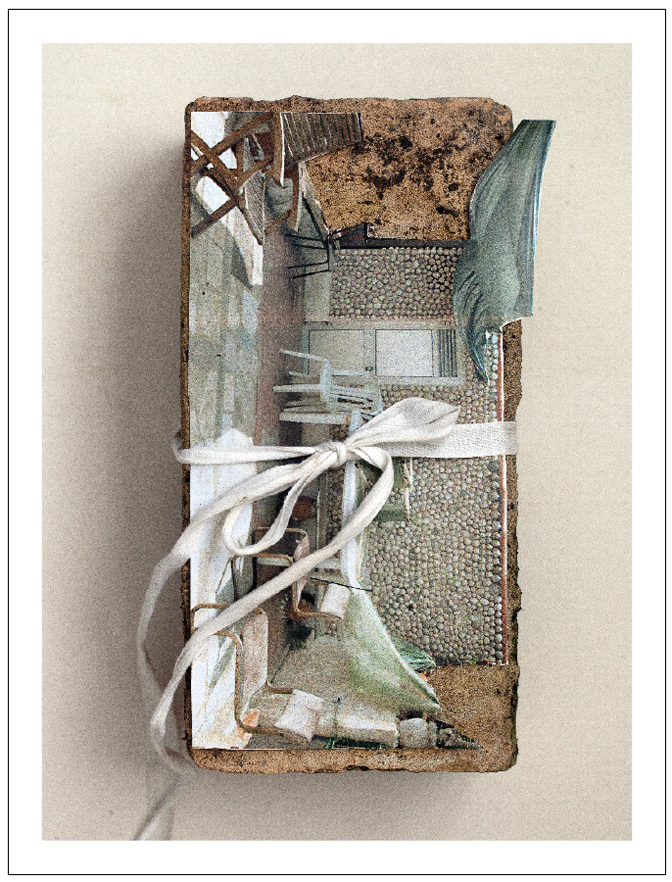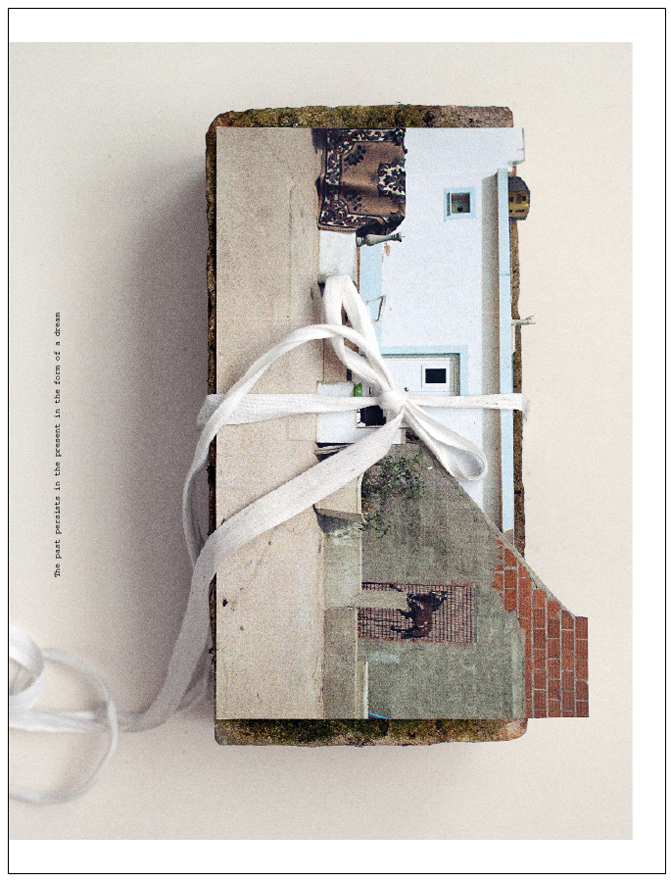Paradigm Store
Exhibition featuring Participatory Architectures
The past persists in the present in the form of a dream
(participatory architectures, archive, revolution)
photoworks and installation by paula roush
5 Howick Place, London
September 25 – November 5 2014
Installation: Participatory Architectures
The past persists in the present in the form of a dream (participatory architectures, archive and revolution) installation with photography, archive, architectural materials and newspaper, 2012-14
Exhibition: Paradigm Store
Works by: paula roush, Ulla von Brandenburg, Cullinan & Richards, Kendell Geers, David Shrigley, Yutaka Sone, Maria Nepomuceno, Tobias Rehberger, Claire Barclay, Elizabeth Neel, Simon Bedwell, Nike Savvas, Theo Stamatoyiannis, Anne Harild, Beatriz Milhazes
Curated by HS Projects
September 25 – November 5, 2014
[see press release]
[see project statement The past persists in the present in the form of a dream (participatory architectures, archive, revolution) at Paradigm Store)]
[see review: 3rd Dimension Magazine]
[see film about Paradigm Store curated by HS Projects: vimeo file]
Participatory Architectures The past persists in the present in the form of a dream (participatory architectures, archive, revolution) new installation/ photoworks commissioned by HS Projects for the Paradigm Store exhibition, a curatorial project reflecting on the haunting gap between 20th century modernist utopias and historical matrixes that have ripped apart modernist myths of progress. The decorative and the functional explored through a mixed range of media, propose ways of re-considering the environment and social structure.
Participatory Architectures The past persists in the present in the form of a dream (participatory architectures, archive, revolution)
Outdated remains of a 20th century architectural utopia, a village developed as part of national housing projecte code-named SAAL, the experimental programme of peoples' right to place emerged in the short experience of participatory democracy during the Portuguese revolution.
Moving round the corner, the viewer is immediately drawn in to paula roush’s complex, absorbing installation, Participatory Architectures (2014) which almost acts as a cri de coeur.
This work is based on the period after the coup d’état in Portugal in the early 1970s when there was a surge of utopian building projects and creativity.
Then after the economic setbacks of 2008, Portugal began selling these communes to developers, effectively for land clearance. Here, laid out dispassionately on makeshift tables that span the room, are poignant photographs, objects and memorabilia that resonate with disillusionment. roush’s bricks are a metaphor for construction /destruction and also challenge the government with rebellion. She creates individual collages of all forty-one houses on the Apeadeiro estate in southern Portugal, and with a bitter irony, wraps them in the same ribbon the government uses to fasten its official documents
[review: 3rd Dimension Magazine]
